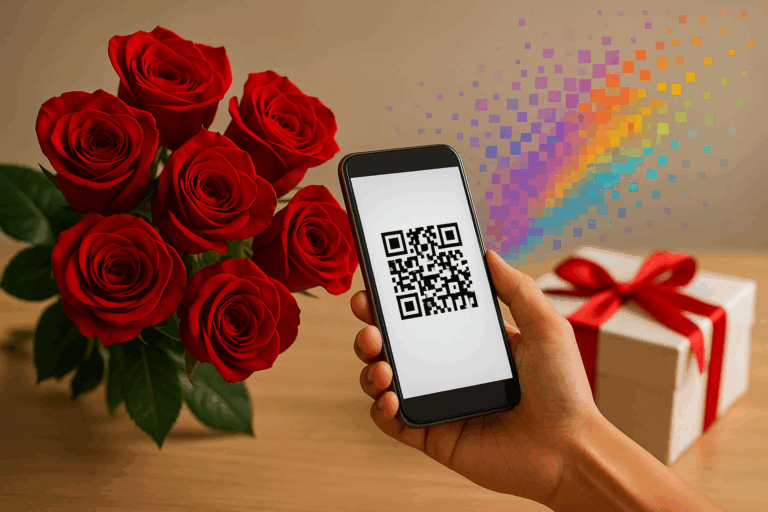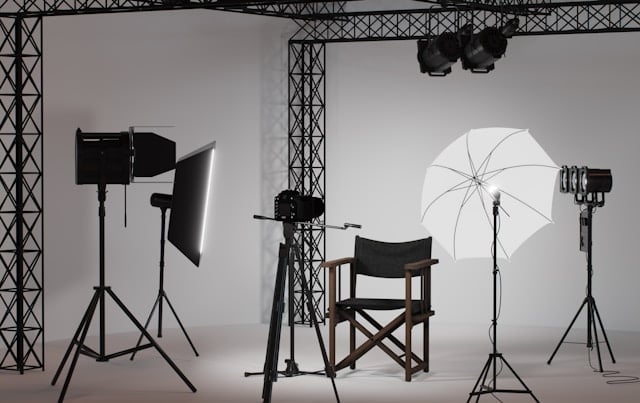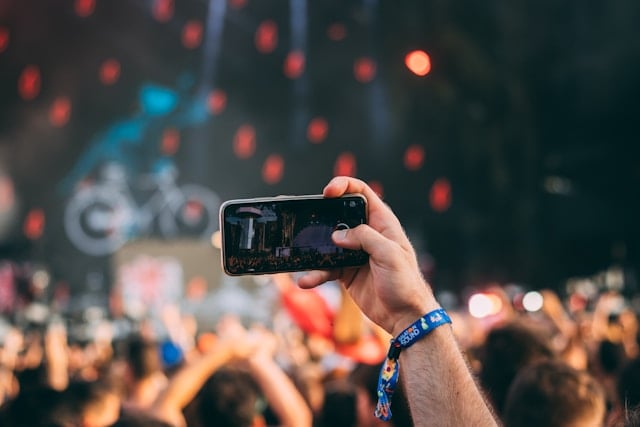The 2026 FIFA World Cup will be the biggest football event in history, with 48 teams playing 104 matches across 16 host cities in the United States, Canada and Mexico (EMW Global report). As we refer to in the USA, soccer is coming home. Analysts predict more than six billion people will follow the tournament, and over 6.5 million will attend games in person (We Are Social – Culture in Play).
For brands, this is a once-in-a-generation opportunity to reach diverse, passionate and digital-first fans. This article provides a comprehensive roadmap for activating during every phase of the World Cup journey—starting six months before qualifiers through the tournament itself. It draws inspiration from leading sports activations worldwide and integrates user-generated video co-creation through BrandLens to create self-propagating campaigns.
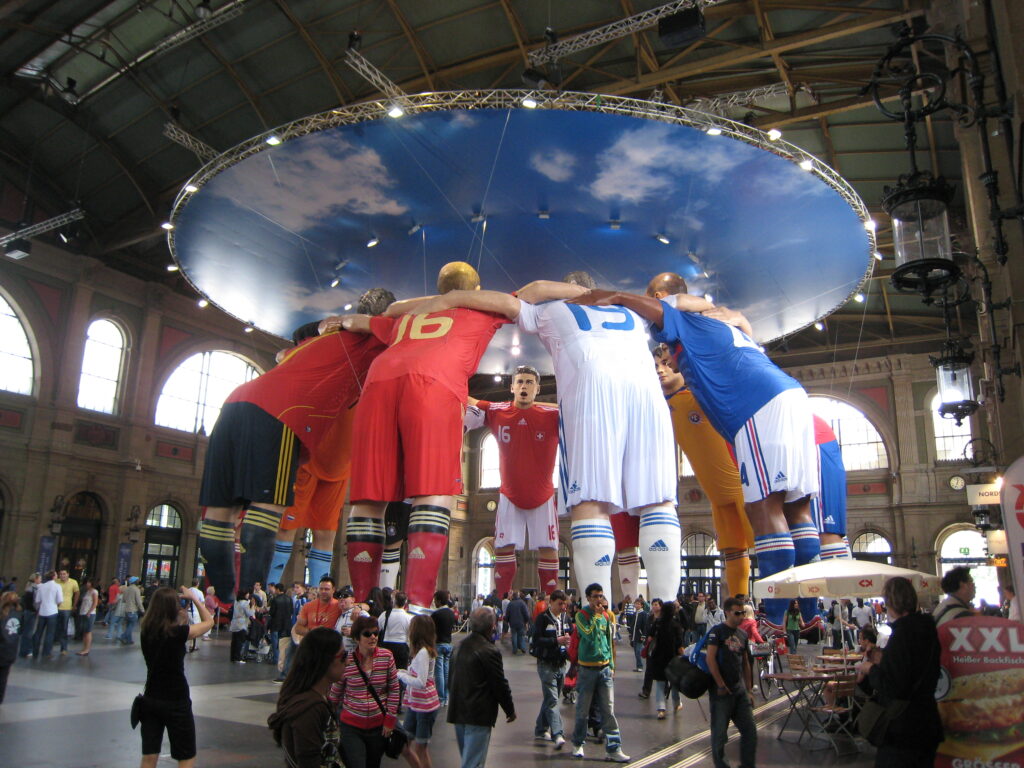
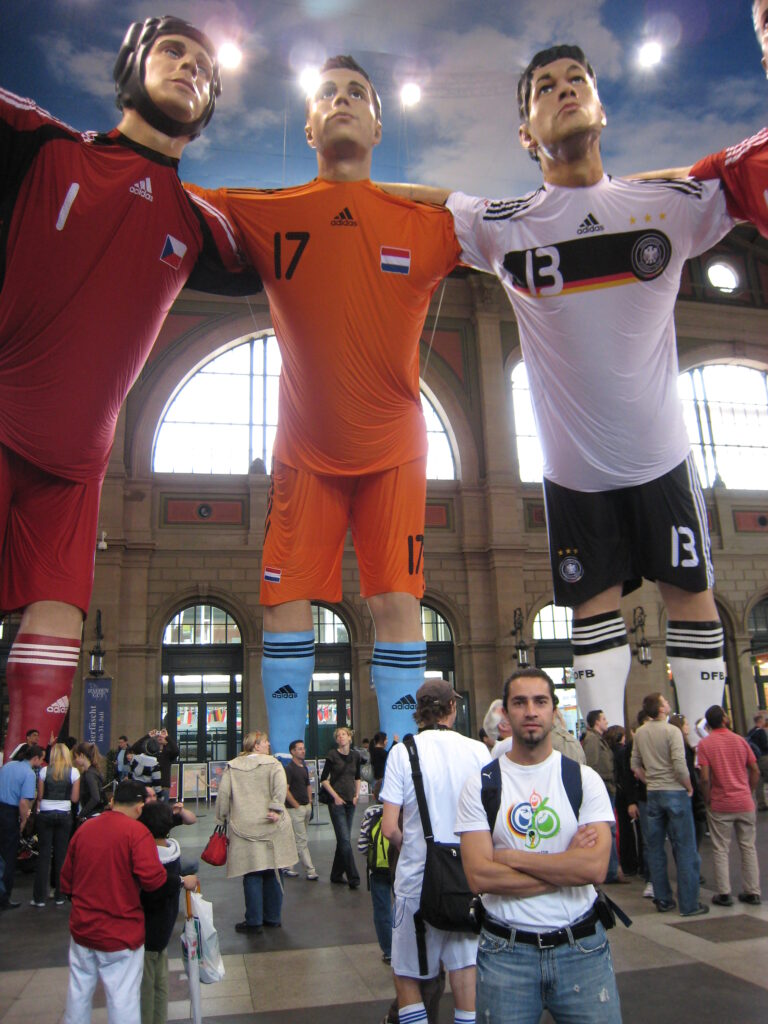
Robin van Persie Michael Ballack and others
Why the 2026 World Cup Is a Marketing Goldmine
The World Cup is a cultural event rather than a simple sporting competition. A report from EMW Global notes that host city sponsorship offers localized reach and experiential engagement; each city will host official fan festivals and numerous unofficial gatherings. Nielsen data shows that 76 % of football fans are Millennials or Gen Z and 64 % track sponsors and prefer sponsor brands when making purchases. With video views for global football increasing 453 % over five years, digital platforms are essential. Brands tapping into this global moment must navigate clean-zone regulations, cultural nuance and multiple time zones while meeting fans on social media, at festivals and in community spaces.
For may US Marketers it is hard to imagine the enormity of the event. The FIFA World Cup is one giant party for fans for 40 straight days. Regardless if your team is playing or not, it’s an opportunity to get out and have fun with diverse crowd starting from fan zones, to bars, to pre-parties to the games in the stadiums. You get more folks in fans zones and city centers than you do in stadiums. This means the opportunities for activations has one limit: your team’s creativity!
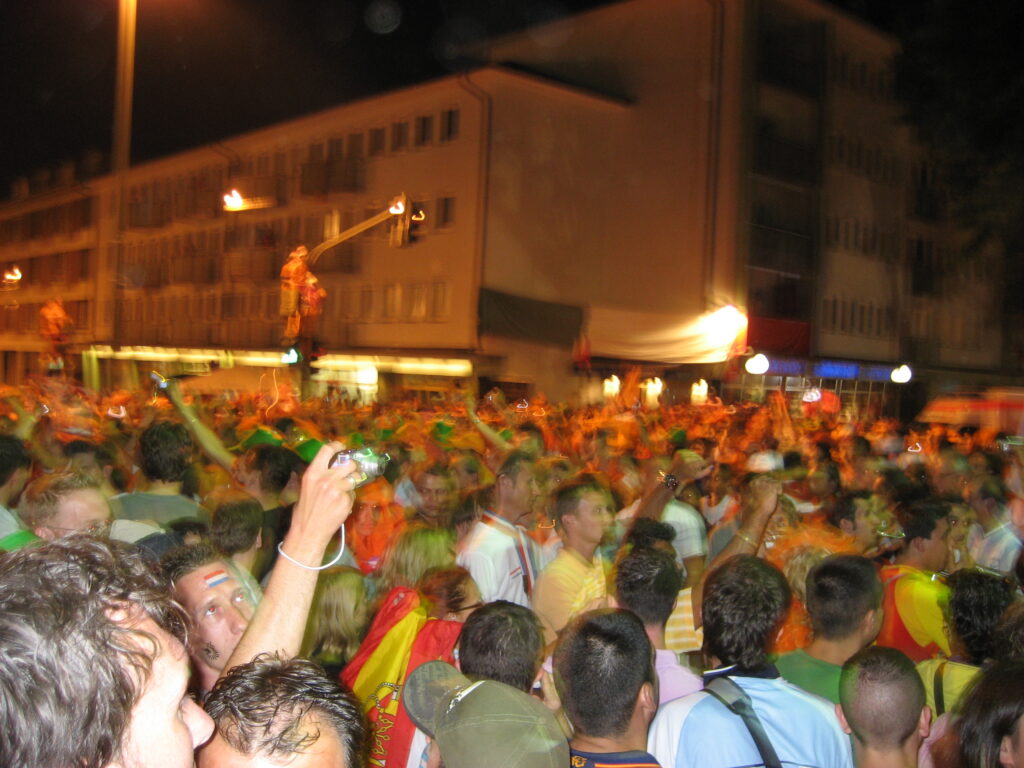
Argentina vs Holland
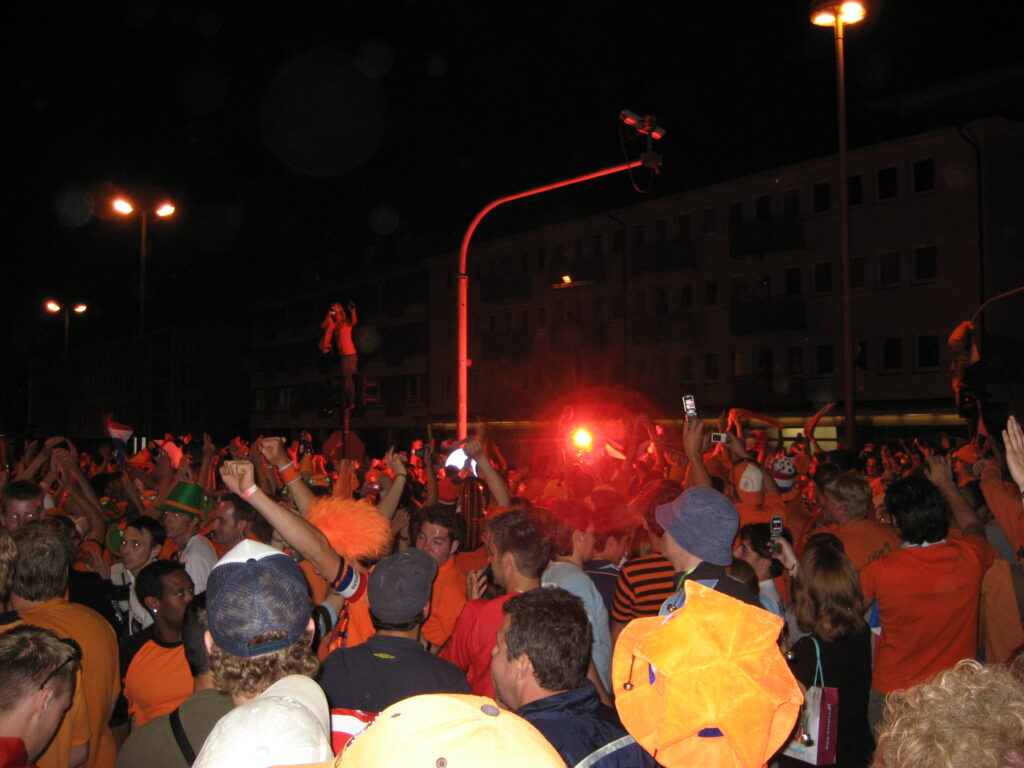
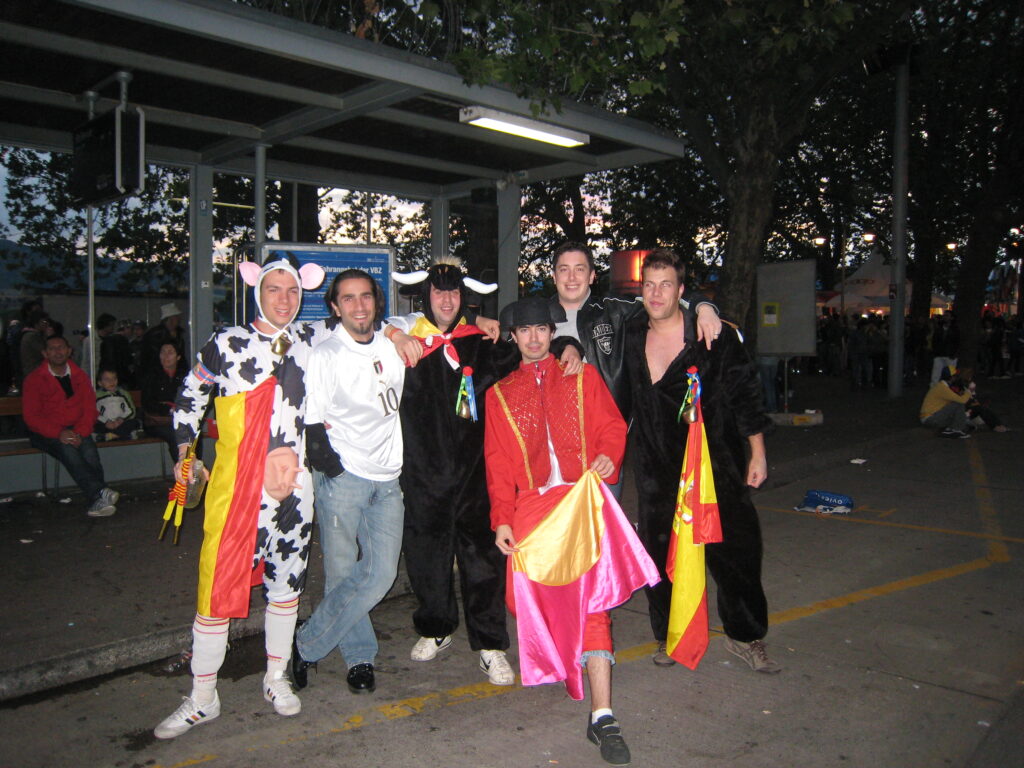
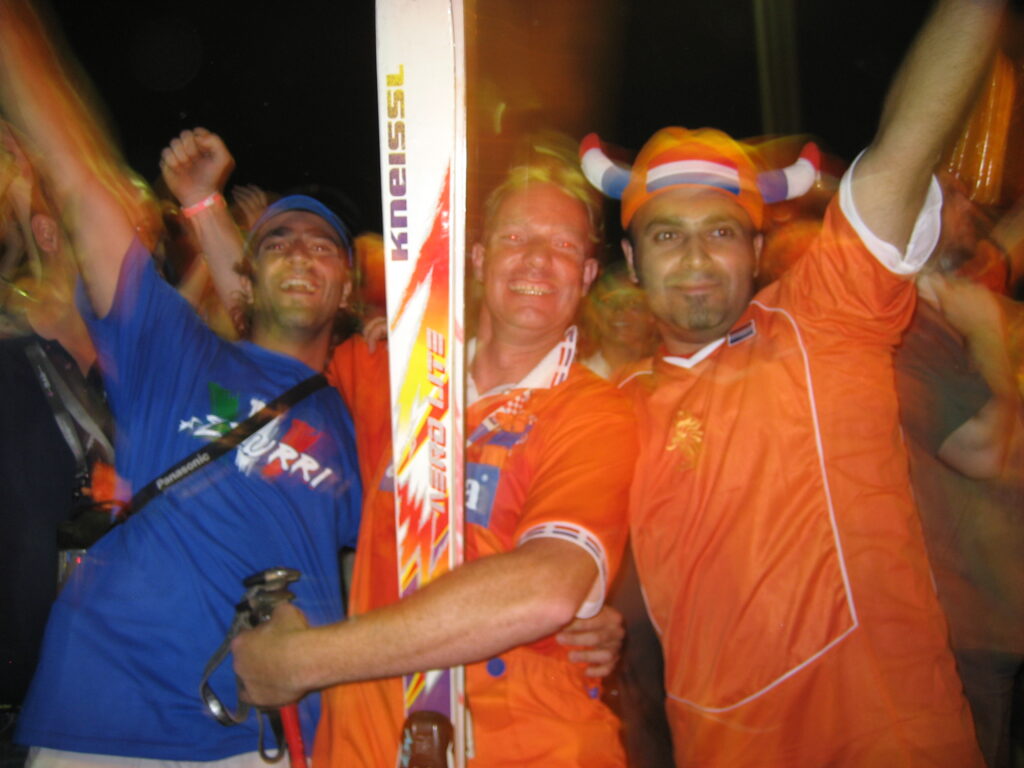
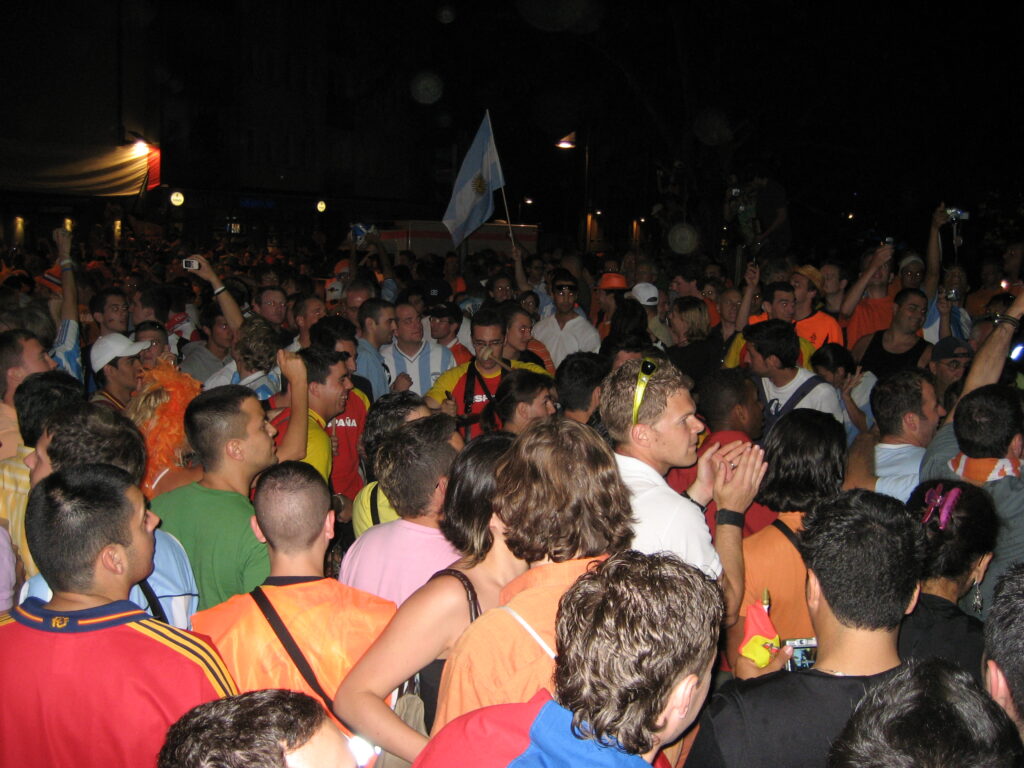
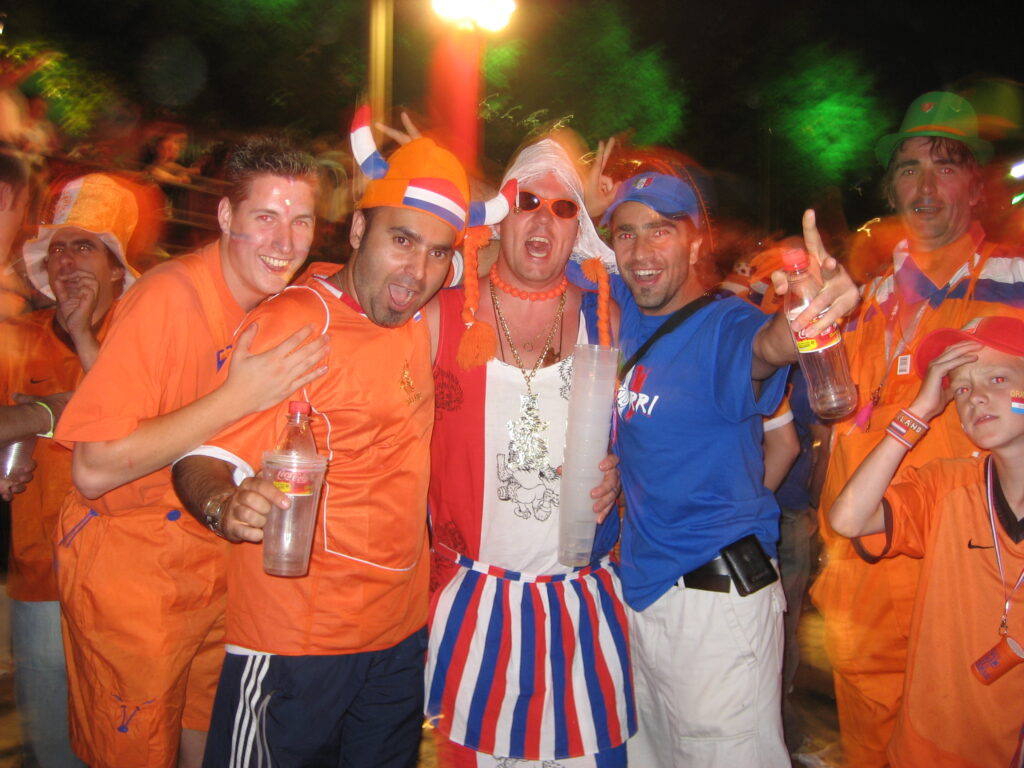
Let’s dive in, starting way before the tournament starts.
Activation Timeline and Phases for FIFA World Cup 2026
Six Months to Go: Qualifiers, Predictions & Early Buzz
Build awareness and test ideas. The early qualification window is an ideal time to connect with fans before the marketing “noise” begins. Athena Global Advisors recommends using existing youth programs and community partnerships to ignite local passion, making sure early initiatives feel authentic. Brands can enlist sponsored athletes or ambassadors to share predictions and behind-the-scenes content on social media, tapping into fan excitement during qualifiers.
Run prediction contests and bracket challenges. Prediction games keep fans engaged long before the finals. Jägermeister and DraftKings created a March-Madness-style bracket where U.S. fans picked winners for every match; participants earned points, shared leaderboards and vied for branded prizes and a trip to the winning team’s country. These games drive continual participation and can live on dedicated microsites or within interactive video templates. Easypromos recommends focusing initial contests on group-stage matchups, offering attractive prizes and clear rules, then extending into knockout rounds with bracket predictors. Update standings regularly and notify players via email to maintain momentum.
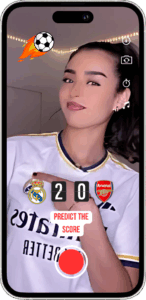
Kick-start user-generated video challenges. The early months are ideal for launching BrandLens video templates that ask fans to share pre-tournament rituals, score predictions or favorite team chants. By encouraging fans to upload short clips, brands collect authentic content while making participants feel part of a larger community. According to BrandLens, interactive video experiences generate two times more engagement than static content, and 90 % of consumers value authenticity in brand interactions. Inviting fans to co-create the first wave of content also trains the algorithm for subsequent challenges.
- Use the qualifiers window to pilot ideas and build community—activate youth programs, local partners, and athlete ambassadors to spark authentic early buzz.
- Gamify engagement with prediction contests and brackets (points, leaderboards, prizes), scaling from group-stage picks to knockout rounds and updating standings to keep momentum.
- Put UGC video co-creation at the center—launch templates (rituals, predictions, chants) to capture authentic fan content, which boosts engagement and primes your content flywheel.
Three to Four Months Before Kickoff: Community & Pop-Up Experiences
Activate local qualifiers and regional pride. With teams confirmed, brands should tailor messaging around national or regional pride. Host city sponsors can use community events, youth clinics and pop-up viewing parties to celebrate qualification while promoting products or services. The EMW report suggests non-official brands use generic football themes and national colours to activate outside of clean zones. Partnerships with cultural institutions, such as museums or local musicians, showcase the diaspora and highlight the tournament’s multiculturalism (We Are Social – Culture in Play).
Pop-up fan zones and AR experiences. Small-scale versions of FIFA fan festivals, featuring interactive challenges, projection mapping or augmented-reality penalty games, can bring the World Cup atmosphere to local parks and shopping districts. For example, Go2 Productions described a fan engagement zone at an MLS All-Star game where fans kicked balls at targets on a giant LED screen; the immersive installation generated long lines and high social engagement. Brands can replicate such experiences months ahead of 2026, giving fans a taste of what’s to come.
Get people to participate in video challenges. Create templates that invite fans to showcase their jersey collections, record celebratory dances, or challenge rival fan bases. Gamify participation by awarding badges, discounts or exclusive content to those who generate the most views. Interactive content encourages viewers to make choices, and it increases dwell time and brand recall. Augmented-reality filters can add country flags or dynamic backgrounds, making every clip shareable on TikTok, Instagram and Snapchat.
- Local pride activations: Tailor messaging by country/region; run community events, youth clinics, and viewing parties; stay compliant outside clean zones.
- Pop-up fan zones & AR: Mini fan festivals with interactive challenges (AR penalties, projection mapping) to drive foot traffic and social sharing.
- UGC video challenges: Templates for jerseys/dances/rivalries; gamify with badges/discounts; add AR flags to boost dwell time and shares.
90 Days FIFA World CUP kickoff: Campaign Mode & Emotional Storytelling
Shift into high gear. Athena Global Advisors urges brands to focus on emotional storytelling and purpose-driven campaigns in the last three months. Use hero content that highlights unity, resilience or the joy of football. During this phase, adjust budgets to optimize reach: increase paid media, test creative variations and finalize logistic planning (e.g., shipping merchandise to host cities, hiring multilingual staff). Jägermeister’s bracket game integrated on-premise parties and influencer promotions—a template for multi-channel efforts.
Announce experiences and exclusive offers. Release schedules for watch parties, travel packages, fan festival activations and digital experiences. Provide early-bird discounts or loyalty rewards to existing customers. Align with charity or sustainability initiatives, similar to Hyundai/Kia’s Goal of the Century campaign (EMW Global), which promoted electric vehicles and sustainability during the 2022 World Cup. Purpose-driven activations resonate with younger audiences and can generate positive press.
Refine UGC and influencer programmes. With the player rosters set, work with national team athletes and fan influencers to co-create templates and challenge videos. Encourage participants to prepare “reaction clips” for each knockout round. Event activations that weave attendee videos into interactive narratives can amplify impact by turning every viewer into a storyteller.
- Lead with emotion: Use hero storytelling (unity, resilience, joy of football), boost paid media, refine creative, and finalize logistics.
- Announce & incentivize: Publish watch party schedules, travel offers, and fan festival details; add early-bird deals and purpose-driven tie-ins.
- Refine UGC & influencers: Collaborate with athletes/fan creators on templates and reaction videos to turn audiences into storytellers.
During the FIFA World Cup Tournament: Real-Time Content & Immersive Experiences
Operate a social war room. To respond to viral moments and sudden storylines, marketers need agile social teams. Athena Global Advisors recommends creating a control room to monitor matches and trends and produce reactive content in real time. Use BrandLens to deploy instant video templates for fans to recreate highlight goals, mimic celebrations or comment on controversial calls.
On-site activations: fan festivals and engagement zones. FIFA Fan Festivals (see images from 2008 FIFA World Cup above) will include live match broadcasts, concerts, culinary zones, cultural programming and interactive sponsor activations. Smaller engagement zones—customizable pop-ups in parks and plazas—can feature AR displays, photo ops and local programming. The EMW report divides fan festival activities into five areas: Live Experience (public viewing and stage entertainment), Live Plus (active engagement like VR games), Host City Campus (destination marketing), Food & Soul (local culinary experiences), and Playground (kid-friendly sports programs). Interactive Dallas offers city-specific suggestions, including AI photo booths near stadiums, beach-to-stadium shuttle activations and sustainability-themed digital graffiti.
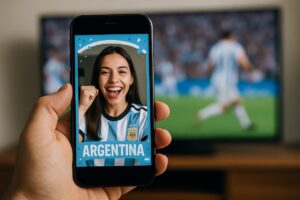
Off-site activations for local and remote fans. Not every fan can attend matches or fan festivals. Encore Nationwide emphasises hosting watch parties in non-host cities to reach remote fans. Brands can set up mobile pods or branded vehicles that travel across regions, pop-up villages with entertainment and dining, and community watch parties at bars and museums. For travellers, airports and transit hubs become canvases for digital screens, AR signage and staff-led experiences (Media Agency Group). Example: Coca-Cola and Toyota used airport ambassadors and branded fan pods to greet travellers during past tournaments.
Digital and social activations. Visa’s “Masters of Movement” in Qatar converted iconic player moves into digital art minted as NFTs; fans created their own art on an LED pitch and received NFTs via a wallet app. Adidas built a “Family Reunion” fan zone with a floating house, retail experiences and interactive billboards celebrating equal play, capturing 37 % of social conversation. Heineken’s “Share the Sofa” streamed second-screen commentary from football legends, generating 1.2 billion content views. Budweiser’s Red Light Cup used cups that lit up when fans cheered and deployed drones to deliver beers, achieving a 10 % revenue increase and over a billion video views.
Leverage on-site activations. Set up video booths or roaming creators who invite attendees to record cheers, challenges or predictions. Use branching templates that let participants choose intros (e.g., “I’m supporting Argentina” vs. “I’m supporting Nigeria”) and endings (celebration vs. commiseration). Authentic user-generated clips increase trust and provide real-time insights. Interactive videos capture viewer choices and behaviors, which marketers can analyze immediately. Offer incentives, discount codes, limited-edition merchandise or charity donations for participants who share videos with friends.
- Real-time agility: Run a social war room to react instantly to viral plays and deploy BrandLens templates for fan recreations, celebrations, and commentary.
- Immersive activations: Blend FIFA Fan Festivals, local pop-ups, AR/VR games, and remote watch parties with sponsor experiences to engage both onsite and offsite fans.
- UGC at scale: Use booths and roaming creators for authentic clips; incentivize sharing with discounts, merch, or charity tie-ins while gathering real-time insights.
Leveraging Fan-Generated Content & Video Co-Creation
Authenticity and Engagement. User-generated content is no longer optional: 88 % of consumers believe authenticity is critical when selecting a brand. Video co-creation invites audiences to become collaborators rather than passive spectators and that interactive UGC campaigns deliver double the engagement of traditional formats. Fans appreciate the relatability of everyday creators, whether they are performing a dance challenge, sharing personal pre-game rituals or reacting to a last-minute goal.
Video co-creation outside football. Brands across sports demonstrate the power of UGC. Adidas’s D Rose Jump Store in London challenged fans to jump 10 feet to win sneakers, generating lines down the block and extensive social coverage. GoPro’s Mountain Games activation let participants try a timed rock-climbing grip challenge and automatically generated shareable GIFs when they posted to social media. At the US Open, American Express hosted Glow Tennis and trick-shot games to create playful, shareable moments. These examples show that interactive challenges coupled with easy content sharing fuel organic reach.
Integrating BrandLens into the FIFA World Cup. Marketers can design templates that capture fan predictions, calls to action and celebrations. For example, the “Predict & Perform” template could ask a fan to pick the score of a match, record their reaction after the final whistle and challenge a friend to do better. Another template might use AR filters to add digital face paint or national flags. By aggregating thousands of clips, brands can assemble highlight reels that show a mosaic of global fans. BrandLens automatically handles permissions and ensures content is on-brand, making it easy to repurpose across social channels. With interactive polls and branching narratives, marketers also collect valuable data on fan preferences and behaviours.
- Authenticity wins: 88% of consumers value authenticity; UGC and co-creation double engagement vs. traditional formats by turning fans into collaborators.
- Proven across sports: Adidas, GoPro, and American Express show that simple, shareable challenges and built-in capture tools drive massive organic reach.
- BrandLens at World Cup: Templates for predictions, reactions, and AR overlays let brands safely collect, repurpose, and analyze thousands of authentic fan clips.
Technology, Creativity, Social Media & Data: Inspiration from Other Sports
Pizza Hut & NFL Experience – At the NFL theme park, Pizza Hut hosted an augmented-reality dance party where fans danced alongside virtual Pittsburgh Steelers players and earned free pizza. The blend of physical reward and AR technology drove foot traffic and social sharing.
Marriott’s Super Bowl Sleepover – The brand converted a stadium suite into a luxury hotel room, offering winners exclusive concerts and meet-and-greets (Sportsdigita). High-stakes experiences can attract mainstream press and generate viral coverage.
Emirates Crash Pad – At the Australian Open, Emirates installed a giant inflatable crash pad shaped like aircraft stairs; fans jumped onto it for shareable photos. The playful installation aligned airline travel with the thrill of tennis.
Barilla’s Laver Cup Activation – Barilla brought celebrity chef demos and free pasta tastings to tennis fans, leveraging star power like Roger Federer (Sportsdigita).
Virtual and Gaming Activations – EA Sports partnered with female gaming influencers to promote its Women’s World Cup mode, while Sure/Rexona built a Roblox Obby game to educate fans about women’s football (Bottle Digital PR). Digital worlds allow brands to reach younger audiences and create persistent experiences beyond match days.
Cause-led Campaigns – Nike’s #LikeALioness challenge celebrated female empowerment; Powerade’s #PauseIsPower championed mental health; Virgin Atlantic repainted its plane with rainbow shoes to highlight LGBTQ+ pride. Values-based storytelling resonates with modern consumers and can differentiate brands.
These examples showcase the breadth of tactics available: AR, luxury experiences, gaming, influencer partnerships, cause marketing and immersive physical spaces. Marketers can adapt them to the World Cup, ensuring each activation ties back to the brand’s values and goals.
Measurement, Compliance & Cultural Sensitivity
Measure what matters. Track both qualitative and quantitative metrics: on-site throughput (number of participants), digital scans (QR or UTM codes), content views, shares and first-party data collected. Use analytics to see which templates, filters or storylines drive the most engagement and conversions. Monitor sentiment via social listening tools to understand how fans perceive your brand.
Navigate legal and logistical complexities. FIFA enforces strict clean-zone regulations and intellectual-property guidelines. EMW Global advises non-official brands to avoid using FIFA marks or official logos; generic football themes, national colours and “soccer fever” messaging are safer alternatives. When working with celebrities or influencers, secure legal approval and check for conflicts with existing sponsorships. During the tournament, ensure adequate staffing — Encore Nationwide notes that the month-long event may require hundreds of thousands of workers with multilingual skills and crowd-management training. Consider sustainability: provide reusable containers and digital swag, echoing Hyundai/Kia’s eco-friendly fleet.
Be culturally informed. The We Are Social “Culture in Play” report highlights that fans want brands to honor heritage and diaspora pride. Recognise diverse fan personas—families, superfans, social sharers, casual viewers—and tailor content accordingly. Respect local customs and languages; for example, produce multi-lingual captions and collaborate with Hispanic creators, as Anheuser-Busch did with Estrella Jalisco when targeting the U.S. Hispanic audience during the 2018 tournament.
- Localize language, creators and traditions by market.
- Plan distinct content paths for different fan personas.
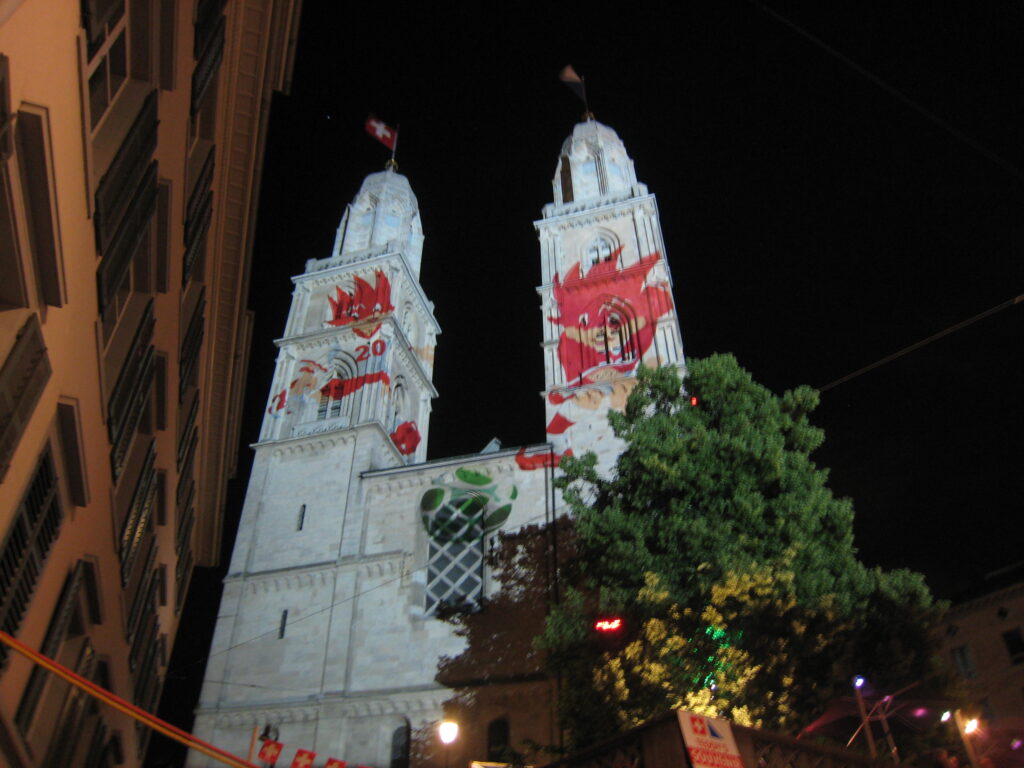
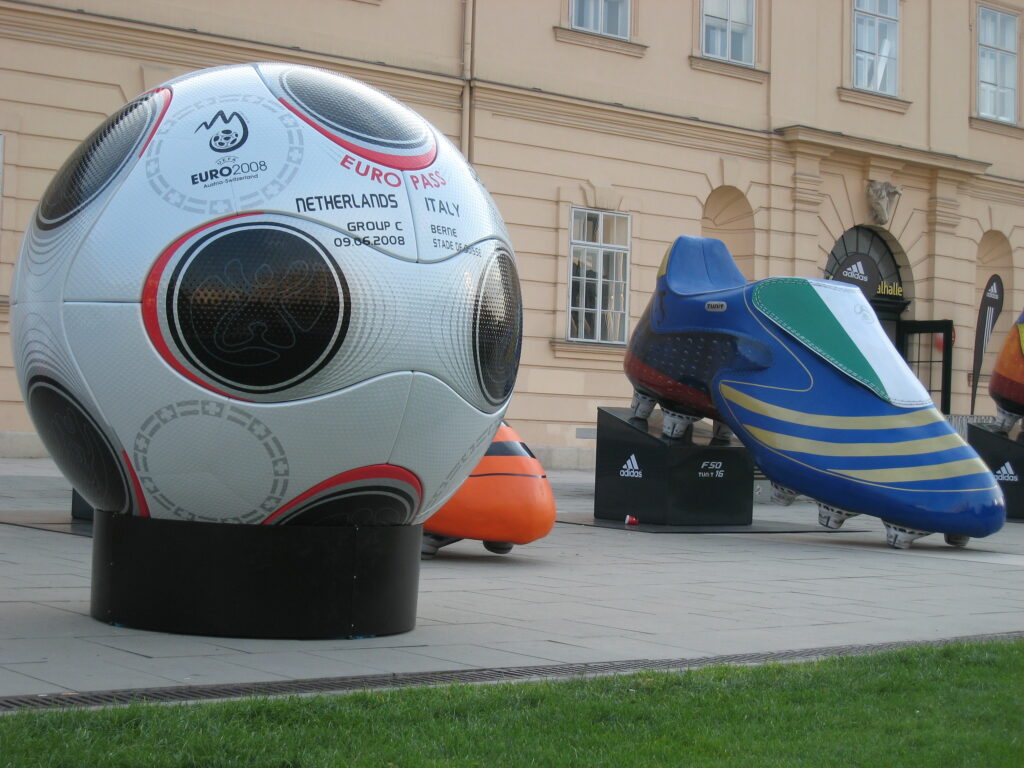
Putting It All Together for coming up FIFA World Cup: A Strategic Framework
Research & Audience Segmentation (12–6 months before): Study host city demographics, identify key fan personas (superfans, families, content creators, casual viewers) and design early community programs. Launch prediction games and UGC templates to seed content.
Concept & Partnerships (6–3 months before): Secure partnerships with athletes, influencers, broadcasters, local businesses and non-profits. Develop creative concepts for pop-ups, AR/VR experiences, sustainability initiatives and gaming activations. Test them in smaller events like national qualifiers or friendlies.
Production & Logistics (3–0 months before): Finalize event designs, build interactive booths and digital platforms, produce hero content and schedule social posts. Train staff and volunteers. Ramp up paid media, emphasising storytelling and purpose.
Tournament Execution (During): Deploy on-site and off-site activations. Operate a social war room, release real-time video templates and respond to viral moments. Host watch parties and digital experiences for remote fans. Collect and curate UGC. Share highlight reels and behind-the-scenes content.
Post-Tournament Amplification (0–3 months after): Continue the narrative by releasing compilation videos, data visualisations and thank-you messages. Activate loyalty programs and nurture new communities created during the tournament. Evaluate performance and document best practices for future sporting events.
Conclusion
The 2026 FIFA World Cup will be more than a sporting event—it will be a global celebration of culture, technology and community. To stand out in this crowded landscape, marketers must plan early, think creatively and embrace fan participation. By integrating prediction contests, pop-up fan zones, immersive on-site experiences and robust digital storytelling, brands can ride the wave of global football fervor. Above all, authenticity and co-creation are the new currency of engagement: harnessing the power of user-generated video through platforms like BrandLens will transform fans into storytellers and amplifiers. With the right strategy, your activation can become not just part of the conversation but a moment that fans remember—and share—for years to come.
- Start early, design for participation, and measure what matters.
- Center BrandLens-style co-creation to turn fans into amplifiers.
References
- FIFA World Cup 2026 Report (EMW Global)
- BrandLens Soccer, Sports and Entertainment activations
- We Are Social – Culture in Play (MarCommNews)
- What role will brands play in the 2026 World Cup? – ēndor
- Brands kick into gear preparing for 2026 World Cup – Brand Innovators
- One Year Out: Preparing for the World Cup Moment – Athena Global Advisors
- How the World Cup’s Sports Marketing is Engaging U.S. Fans – Skyword
- Jägermeister Launches Bracket-Style Soccer Game – Chief Marketer
- How to organize World Cup Predictions – Easypromos
- Event Activations with Interactive Videos – BrandLens
- The Power of Video Co-Creation – BrandLens
- Looking Ahead: Fan Engagement for FIFA World Cup 2026 – Go2 Productions
- FIFA 2026 Brand Activations – Interactive Dallas
- Recruiting & Marketing on a Global Scale – Encore Nationwide
- FIFA 2026: A Global Stage for Unmissable Advertising – Media Agency Group
- 11 World Cup Marketing Campaigns That Scored Big – Bottle Digital PR
- 2026 FIFA World Cup Alcohol Marketing Strategies – OhBev
- Experiential Sports Marketing – Bridgewater Studio
- 8 Out-of-the-Box Sports Sponsorship Activations – Sportsdigita

